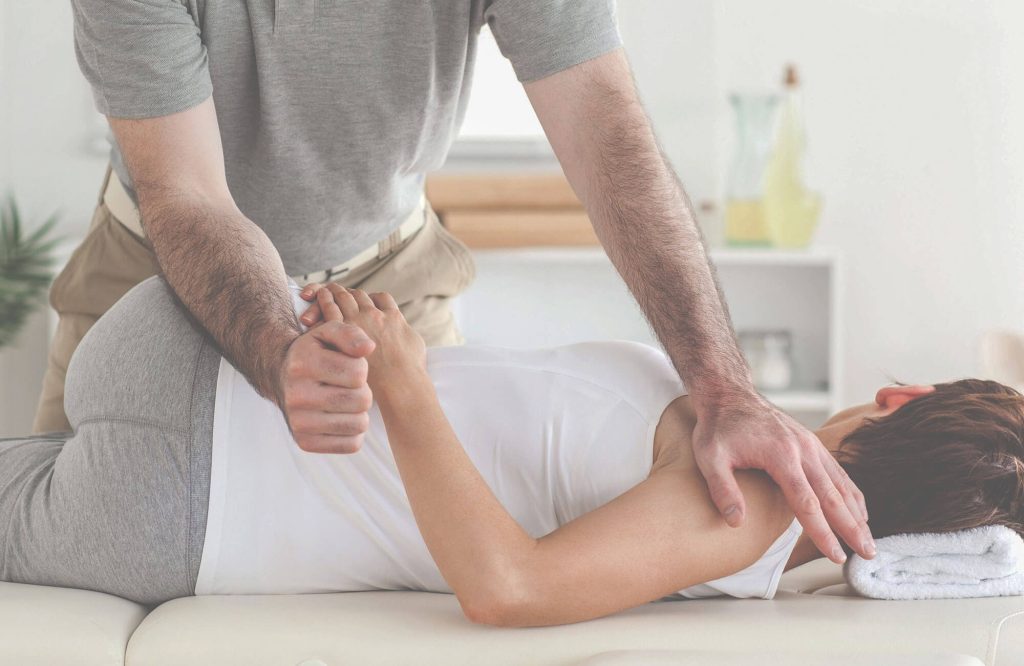What is it?
In technical language, ‘Jumper’s Knee’ is also known as patellar tendinitis, patellar tendinosis, however, patellar tendinopathy is the most accurate reference.
As the name suggests, Jumper’s Knee is an injury that affects athletes in sports that involve a lot of jumping. Research has demonstrated that in sports like volleyball and basketball, as many as 40-50% of athletes at the elite level in these two sports alone are affected by Jumper’s Knee at any given time.
Some authors and researches have suggested that patellar tendinopathy might be better represented as “Lander’s Knee” rather than “Jumper’s Knee” as the landing from a jump is more likely related to tendon pain than the take-off for the jump.
It is not just in volleyball and basketball that jumper’s knee is widespread. This injury is also quite common in soccer, athletics, and other sports that require a quick and powerful straightening of the leg. Research also shows that this injury is twice as common in male athletes than in female athletes.
Jumper’s Knee is an overuse injury that occurs gradually over time. The injury is usually characterised by slowly increasing pain, but in some cases, the symptoms happen abruptly. Many athletes continue to train and compete until the problem is so severe that they have no choice but to seek treatment. Jumper’s Knee weakens your tendon, and, if untreated, can lead to tears in your tendon and become a potentially serious condition and degenerative.
The paradox with ‘Jumper’s Knee’ is that those who have the injury usually perform better on jump tests than those who are symptom-free.
How do you get it?
1 in 5 athletes for which jumping is a necessary component in their respective sport deal with this condition at some point in their athletic careers. Jumper’s knee can occur from a sudden, unexpected overexertion of the patellar tendon (acute jumper’s knee), but it more commonly manifests as a recurring problem over time (Chronic Jumper’s Knee).

Individuals with patellar tendinopathy may have experienced it from some or all of the following:
- Playing stop-and-go sports like basketball, volleyball, netball, running, soccer, or tennis
- Overuse and an overload of stress on the knee(s) due to jumping on hard surfaces
- Steroid (cortisone injection for instance) use has been linked to increased muscle and tendon weakness, which could result in a weakened or inflamed patellar tendon
- Those with Rheumatoid arthritis, a type of arthritis that has the ability to cause chronic pain and inflammation of joints, can be more susceptible to this injury
- Shoes with poor cushioning on a hard running surface
- Jumping improperly, e.g. during bodyweight training / plyometrics
- Not enough stretching can lead to tight quadricep muscles, which are responsible for extending the knee
What are the Symptoms?
So what does it feel like? How do you know if you may be experiencing it? The following are the most common symptoms of Jumper’s Knee. However, you may experience symptoms differently. Common symptoms may include:
Pain during Athletic Motion
An athlete with patellar tendinopathy may feel a sharp, throbbing pain beneath their kneecap during a workout or competition. At first, the pain may worsen with athletic activity and recede with rest. If left untreated, the pain may become constant, present even during times of rest. Pain will be worst when kicking, running, or bending the knee, as these actions activate the patellar tendon.
Swelling
Like most patellar injuries, jumper’s knee may cause mild swelling of the knee joint. Athlete’s may notice that their knee looks swollen and has a reduced range of motion.
Bruising or Redness
In extreme cases or immediately after acute injury, discolouration of the knee joint may also be noticeable.
Discomfort during Daily Activities
The patellar tendon helps extend the knee to straighten the leg during daily activities such as kicking, climbing stairs, or bending down. Athletes with advanced cases of patellar tendinopathy may notice increased pain in their knee from daily activities.
NOTE: The symptoms of jumper’s knee may resemble other conditions or medical problems. Always check with your Physiotherapist for a proper diagnosis. In many cases an MRI scan is required to see the extent of damage or tears in the patellar tendon.
How is it Treated?
It is an unusual injury and one which athletes can be given the wrong treatment advice. R.I.C.E (Rest, Ice, Compression and Elevation) should be applied initially, however it will not fix or heal the injury in the long term. Unfortunately this is where a lot of physiotherapists go wrong.
Treatment of Jumper’s Knee usually takes a long time. A key question is whether or not complete rest of the knee helps, initially yes, you should rest, however the long answer to this is no. Depending on the severity, some days, weeks or even months in rest will not heal the injury. In contrary, even though the pain will disappear, complete rest will reduce the tendon’s tolerance even more, and the problems will return and so will re-injury and quite possibly far more serious such as tearing the tendon.
The good news is that the primary treatment for jumper’s knee is a well-structured training program. However, it most be noted that treatment is not for the faint hearted and should definitely be constructed / supervised by a physiotherapist.
For healing to occur, an element of pain must go hand-in-hand. The patella tendon needs to be stretched and forced though high-load eccentric training, gradually increasing load / weight as strength increases and pain decreases. If using a pain scale from 1 to 10, with 1 representing no pain and 10 the worst pain one can imagine, then acceptable pain levels during the exercises are at 4-5. This is one case where ‘no pain, no gain’ actually makes sense and is applied.
To complement the program, fitness should be maintained by employing alternative training activities, such as cycling or water running. The athlete must also have realistic expectations of the rehabilitation process. It can take a long time, so patience and discipline are necessary.





